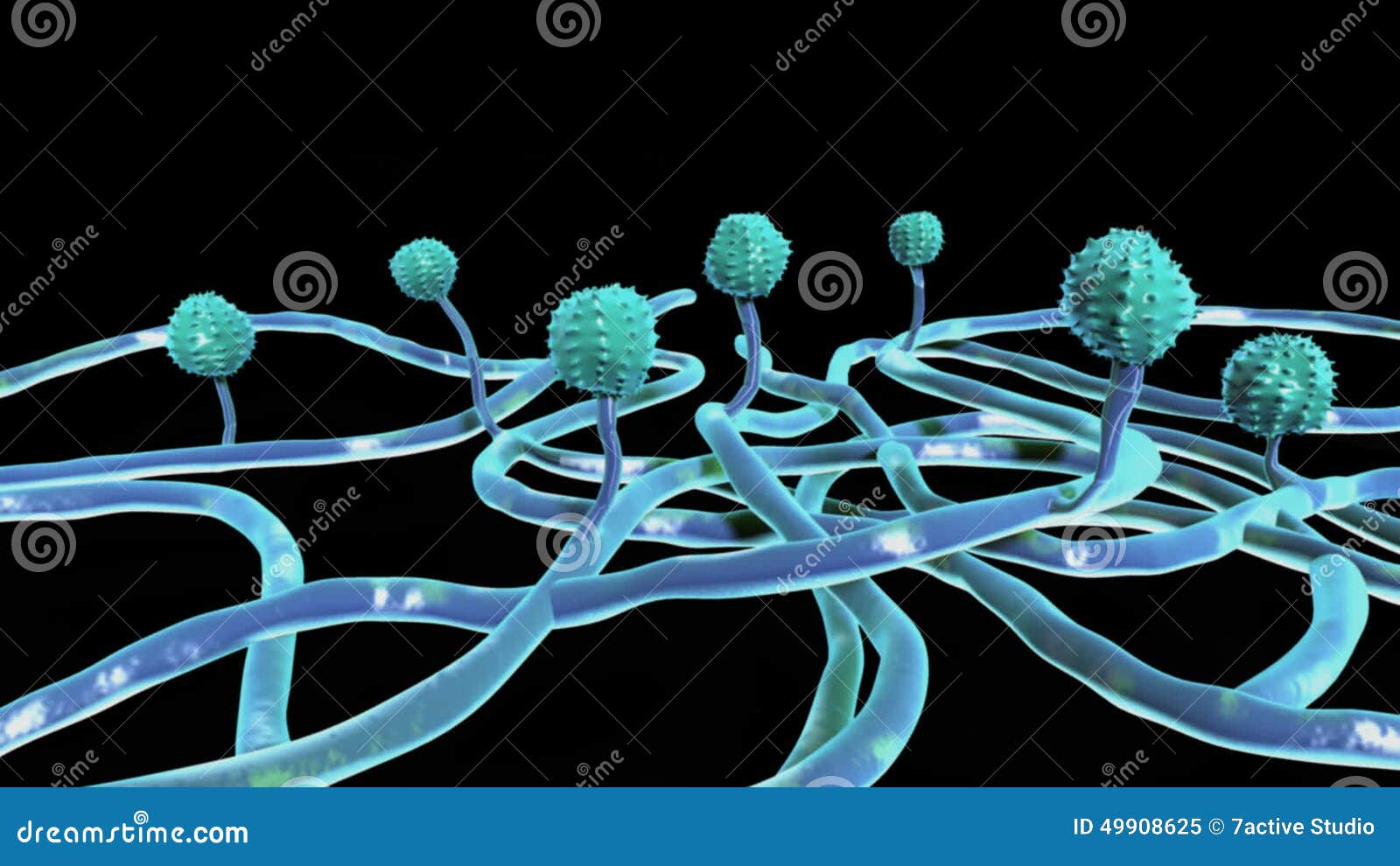

difficile and Bacillus subtilis at the level of sporulation, germination, and spore coat and exosporium morphogenesis.

Further, recent studies have revealed significant differences between C. difficile spore proteome is poorly conserved when compared to members of the Bacillus genus. Unlike gametes in sexual reproduction, spores do not need to fuse in order for reproduction to take place.Organisms use spores as a means of asexual reproduction. difficile in patients and horizontal transmission between hospitalized patients. Spores are reproductive cells in plants algae and other protists and fungi.They are typically single-celled and have the ability to develop into a new organism. This hinders sample preparation for systems biology analysis. difficile induces a sporulation pathway that produces more spores these spores are responsible for the persistence of C. Bacterial spores resist lysis and extraction by common methods of physical breakage or chemical dissolution. difficile spores germinate in the colon to form the vegetative cells that initiate Clostridium difficile infections (CDI). Later, spore germinate when canned food is kept hot for sometimes as in case of slow cooling of can. Owing to its strict anaerobic requirements, the infectious and transmissible morphotype is the dormant spore. Three important types of spoilage caused by thermophilic spore formers are: Flat sour spoilage: This type of spoilage occurs mainly in low acid foods and is caused by species of Bacillus, such as Bacillus coagulase and Bacillus stearothermophilus. These findings explain why all drugs of different classes have approximately the same rate of organism clearance for Bacillus anthracis.Clostridium difficile is a Gram-positive, spore-forming obligate anaerobe and a major nosocomial pathogen of worldwide concern.

Spore biology has a major impact on drug therapy and resistance suppression. Buds will appear next on the green hairs, from which. The young moss looks like a very thin tangled mass of branching green hairs. As the spores ripen they are dispersed from the capsule, and some land in areas where there is enough moisture for them to grow. Suppression of resistance requires a higher level of drug exposure with once-daily administration than with a continuous infusion, a difference that is related to vegetative-to-spore (and back) transitioning. Spores are housed in the brown capsule that sits on the seta. This movement to spore phase protects the organism but makes the emergence of resistance less likely. The continuous-infusion drug profile is more easily sensed as a threat the Kvs/Ksv ratio increases at lower drug exposures (possibly related to quorum sensing). Mosses reproduce by spores, which are analogous to. The ratio of the rate constant for vegetative-phase cells going to spore phase (Kvs) to the rate constant for spore-phase cells going to vegetative phase (Ksv) determines the rate of organism clearance. Mosses spread in multiple ways, but unlike flowering plants, they depend on moisture to sexually reproduce. We then generated a mathematical model of the impact of moxifloxacin, administered by continuous infusion or once daily, on vegetative- and spore-phase organisms. see also Anthrax Bacterial biology Pathogens. We employed the hollow-fiber infection model to study the impacts of different doses and schedules of moxifloxacin on the total-organism population, the spore population, and the subpopulations of vegetative- and spore-phase organisms that were resistant to moxifloxacin. Spores BRIAN HOYLE A spore is a hard casing that contains the genetic material of those bacteria and. It also has an impact on the emergence of resistance. (There are exceptions- zygospores in fungi are diploid) Now, coming to mode of formation, they are different. So, sexual and asexual spores have no difference in ploidy- both are haploid. But what is known about the seed and spore biology (storage and germination) of at-risk species We have used Chinas PSESP (the first group.

Seed and spore germination in nature is a critical step in species regeneration and thus in situ conservation. Again, Vascular plant spores are always haploid. Spore storage could provide a simple and economical method for fern ex situ conservation. The spore is invulnerable to antibiotic action. Fungi commonly produce spores, as a result of sexual, or asexual, reproduction. Bacillus anthracis is complex because of its spore form. motile spores (e.g., Phytophthora) Separate flagellar vesicle is separate, but fuses with the spore membrane after enclosing the nucleus presenting itself on the outside Motile zoospores being released from spore of Phytophthora.


 0 kommentar(er)
0 kommentar(er)
